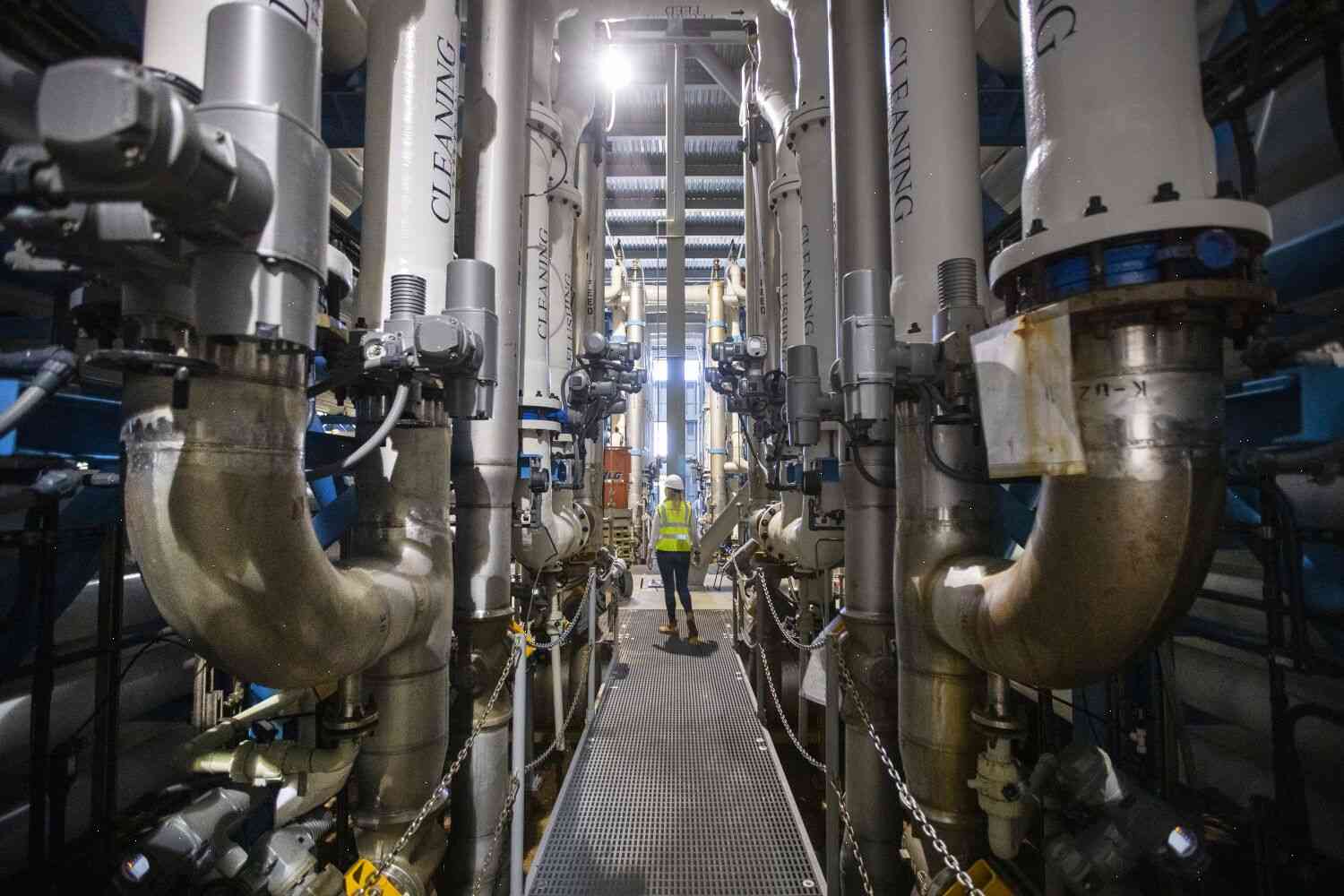They used to call California ocean desalination a disaster. But water crisis brings new look at desalination
From the moment they launched the first U.S. offshore wind farm last April, some people in an industry called the ocean desalination industry hoped for something different: to find a way to make good on the promise that the water on the surface of the planet could be made drinkable again.
The technology needed to extract sea water from the ocean and to turn it into drinkable water is relatively simple. The challenge is finding a way to do it without killing fish — and without destroying the ecosystems that support the water supply of hundreds of millions of people.
In the end, it seems, the tide turned.
“It’s been a long slog, but we’re on the right path,” said Greg Hovda, chief executive officer of AquaGen, a U.K.-based company that won the first offshore wind farm contract in the U.S. last month.
Oceans desalination: The good, the bad and the ugly
Just north of the California coast in San Francisco Bay, the small, rocky islands of the Marin Headlands are used by tourists and home to a collection of restaurants and shops. The world’s largest island, Bolinas, on the water, gets over 30 million visitors a year.
On the coast, more people come from the surrounding counties of Marin, San Francisco and Sonoma to enjoy the serenity and beauty of the area. While it is a great place to relax and enjoy a meal, the local water is relatively clean and safe for drinking.
But in recent decades, the water on the California coast has been increasingly contaminated by sewage. Many coastal communities get water from a river of sewage discharged by the cities of San Francisco and San Diego. The sewage flows into the ocean with no treatment, because the treatment plants have to treat the large volume of

